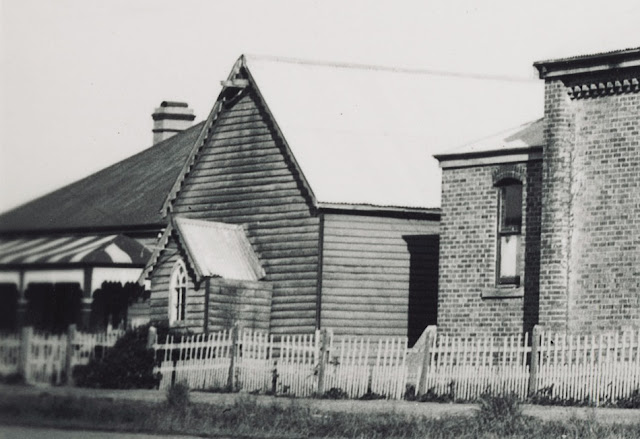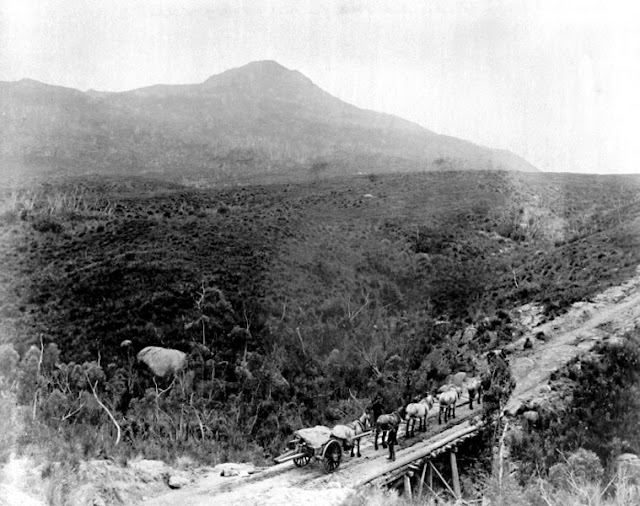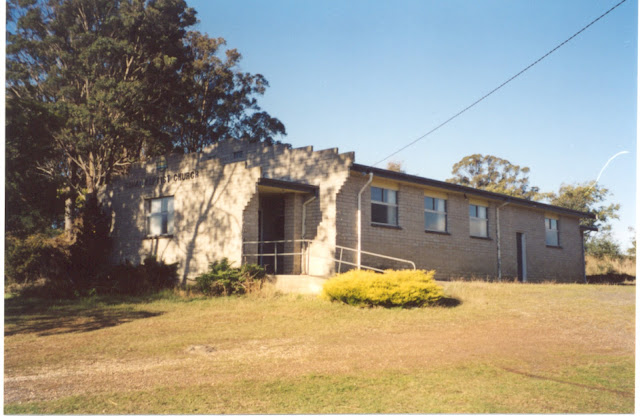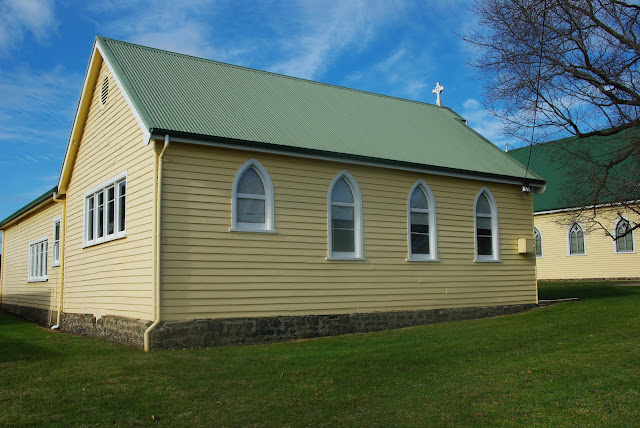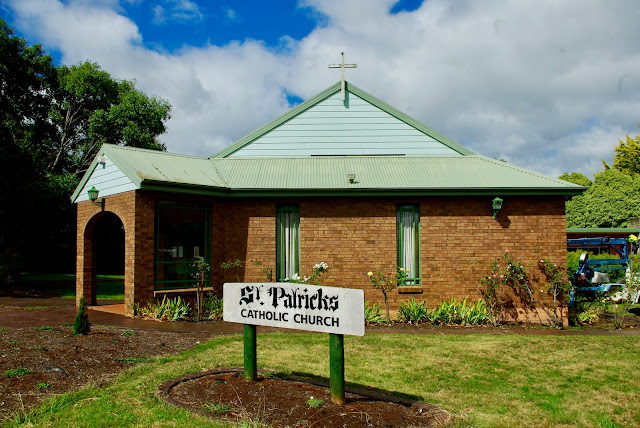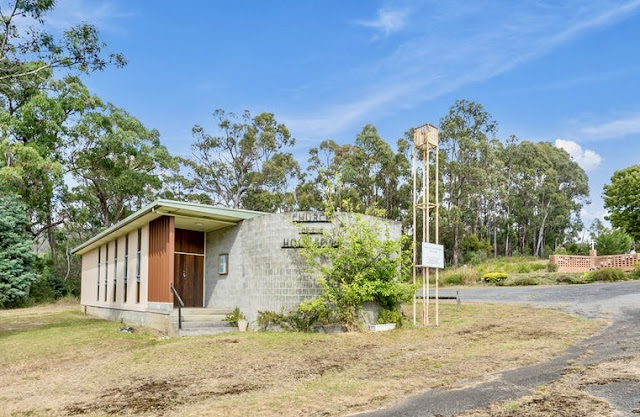No. 1140 - Crabtree - St David's Anglican Church (1929-1967)
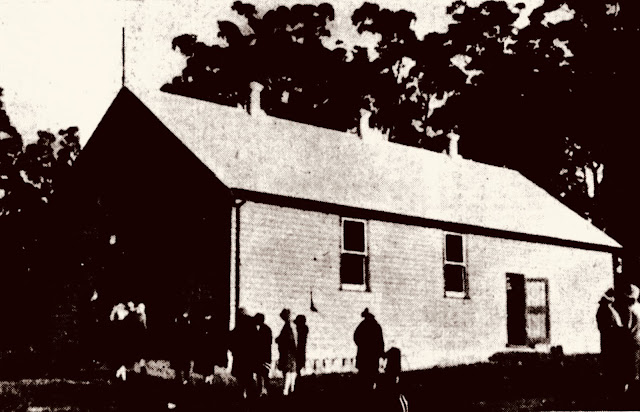
Crabtree is a rural settlement in the local government area of the Huon Valley and is situated about 15 kilometres north of Huonville. It was once an important timber and orchard-growing district. The settlement is named after the Crabtree Rivulet and the abundant crab apple trees that grew in the valley. Crabtree had only two places of worship; a Salvation Army hall which was built in 1917 and an Anglican church hall which opened in 1929. Crabtree’s Anglican church was designed as a community hall and a place of worship. The building, which was built by Mr James Lucas, used sliding doors to screen off one end of the main hall in which the pulpit and other church furnishings were located. Land for the church was donated by Mr Charles Parsons. On Sunday 14 July 1929, the newly completed church hall was dedicated to St David. The Huon Times published a report on the occasion: “On Sunday, last the dedication of the new church hall, recently erected at Crabtree, was celebrated by his Lords...


